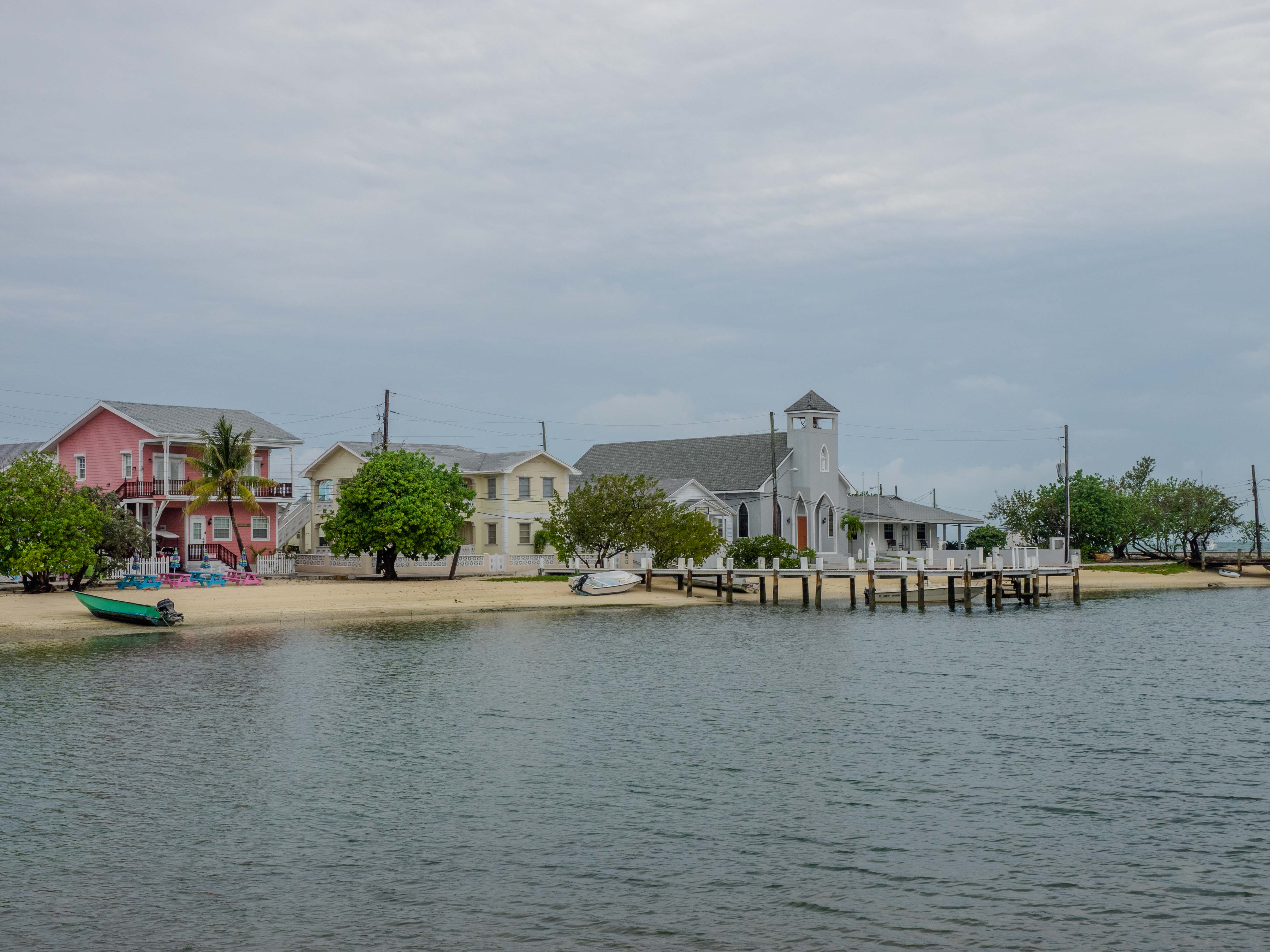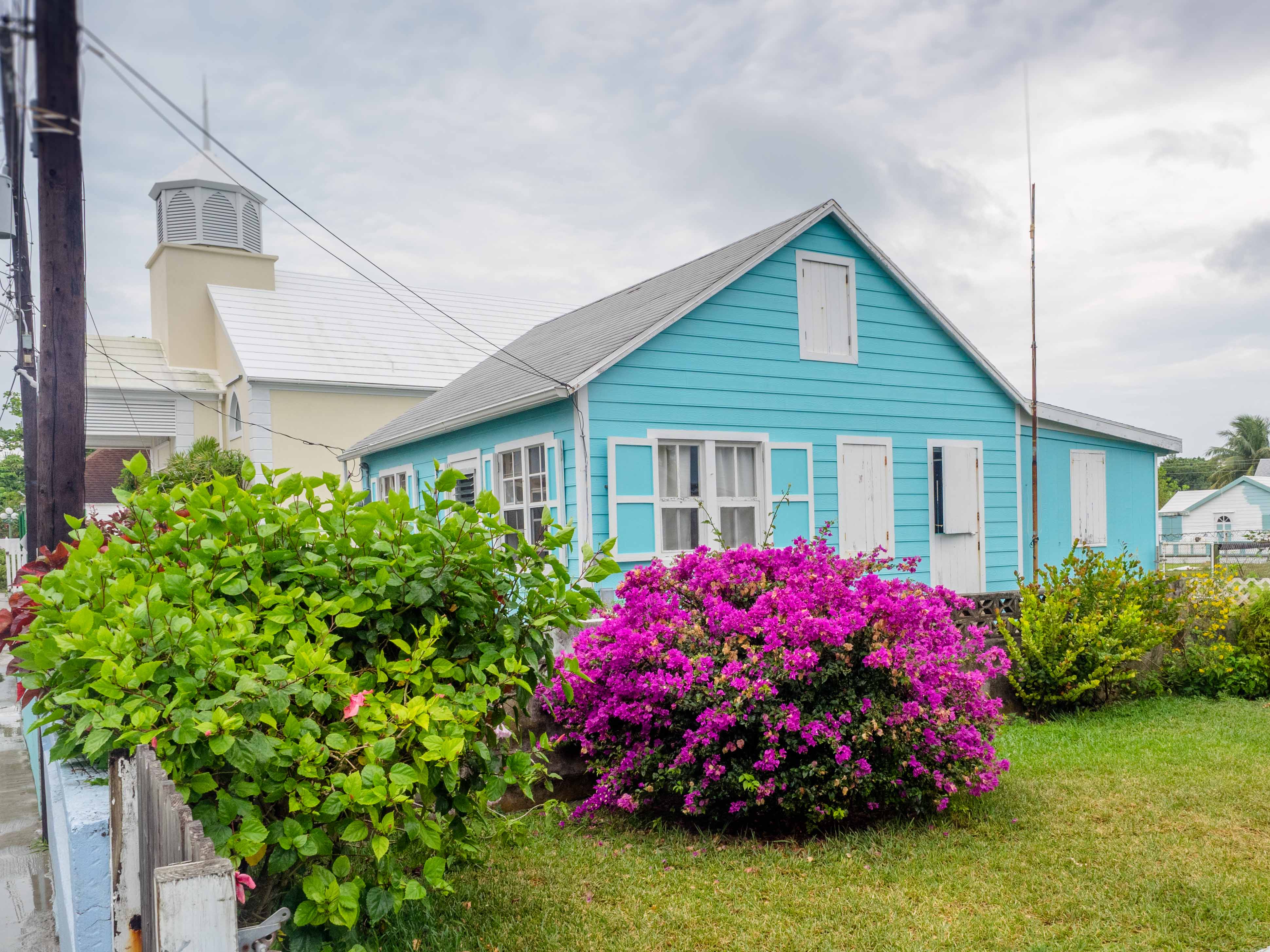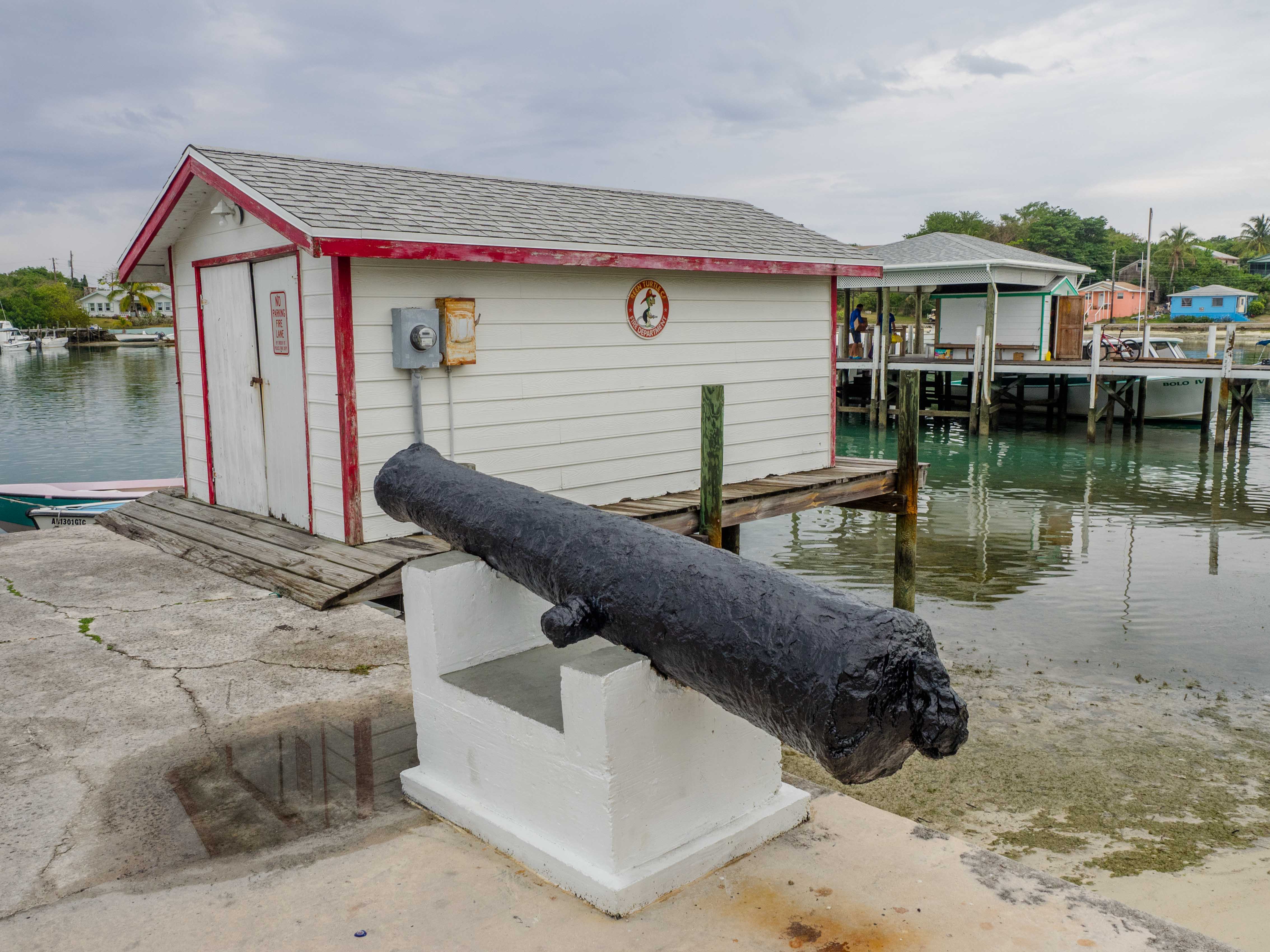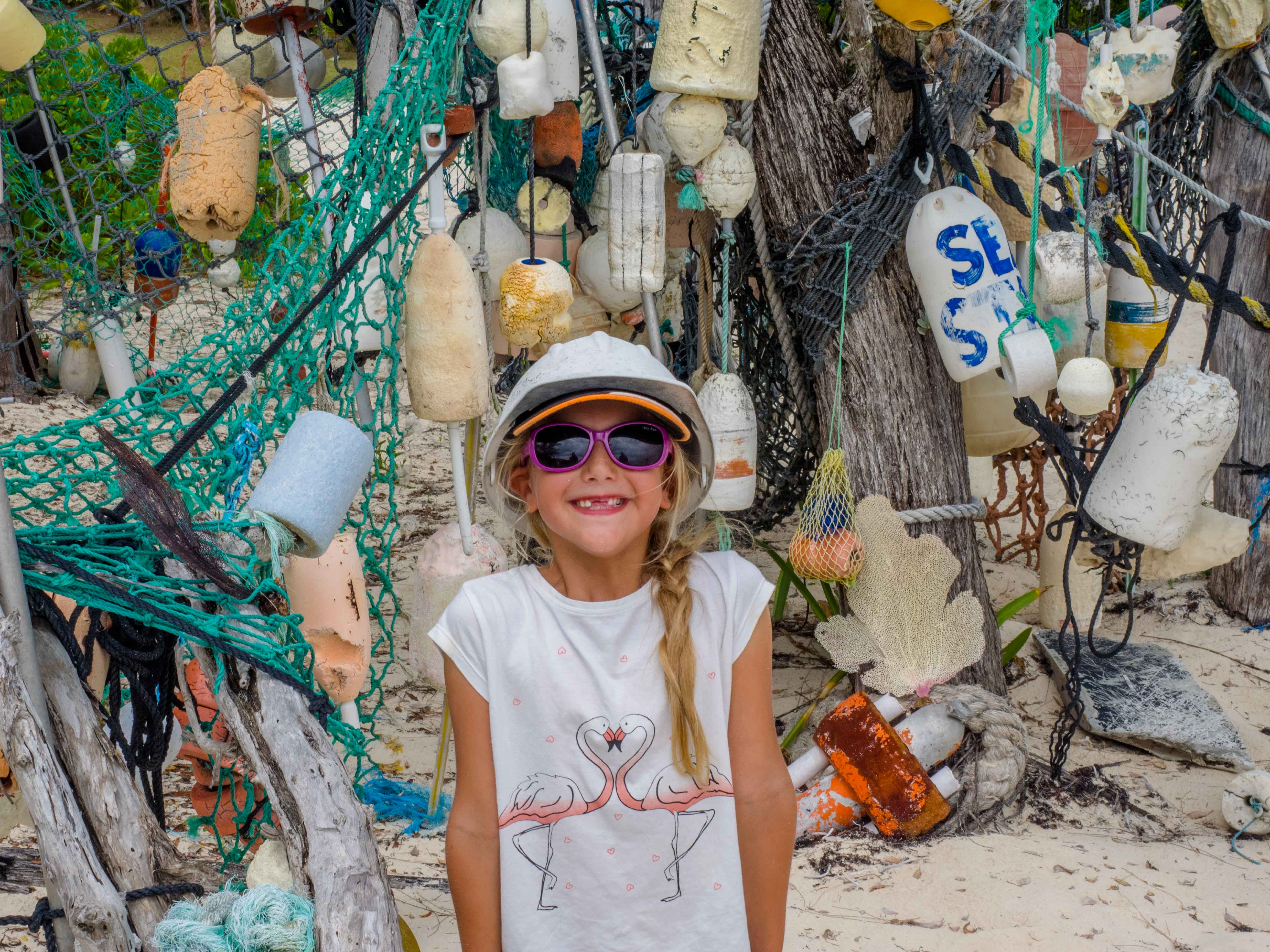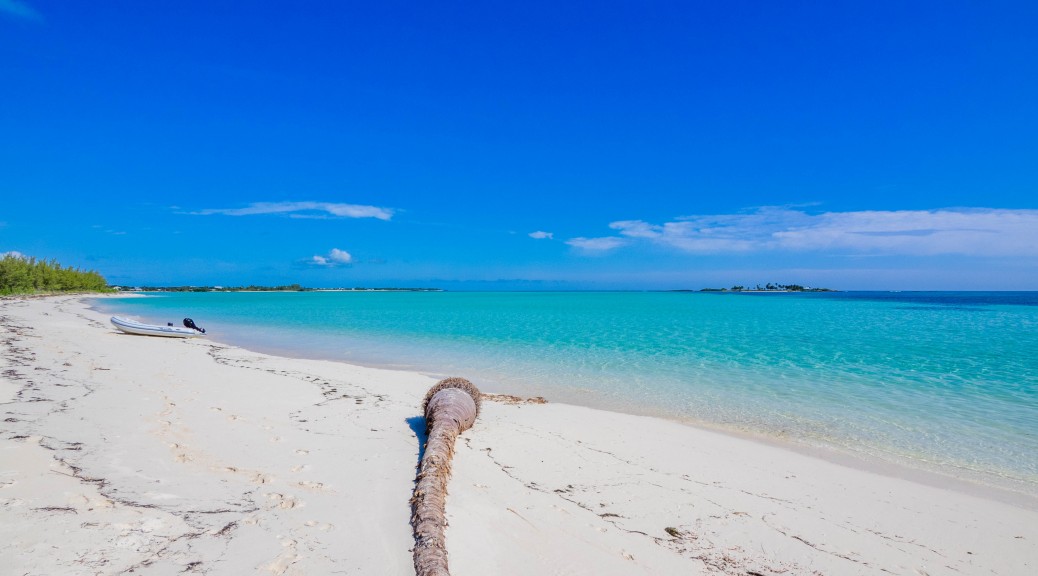When talking with other cruisers about the Bahamas everyone has their favourite island groups but the Abacos came up time and time again so we were very much looking forward to seeing them for ourselves.
The crossing from Grand Bahama involves a days sailing over very shallow banks. Most of the trip was spent in water between 3-4m depth, it’s hard to completely relax whilst watching the ground rushing past through the crystal clear water but there were things happening above as well to keep us on our toes. We started the day heading towards where we though the famed Tiger Beach was (its exact co-ordinates are somewhat guarded). The wind was very light and from behind so we decided to test the impressive 152m2 parasailor, a spinnaker like sail with a parafoil mounted halfway up to provide lift. Rigging the sail requires a bit of effort but we got there in the end only to have the wind die completely 10 minutes later and put it all away again. By 10am we arrived at our waypoint where I thought Tiger Beach was and started chumming. To be honest it was half hearted, we didn’t know if we were in the right location as it’s in the middle of nowhere and the thought of jumping in with a bunch of Tiger Sharks with only Nat and Lexie watching out for us seemed pretty reckless. After an hour with no sharks in sight we pulled the anchor and turned back on course towards Mangrove Cay.
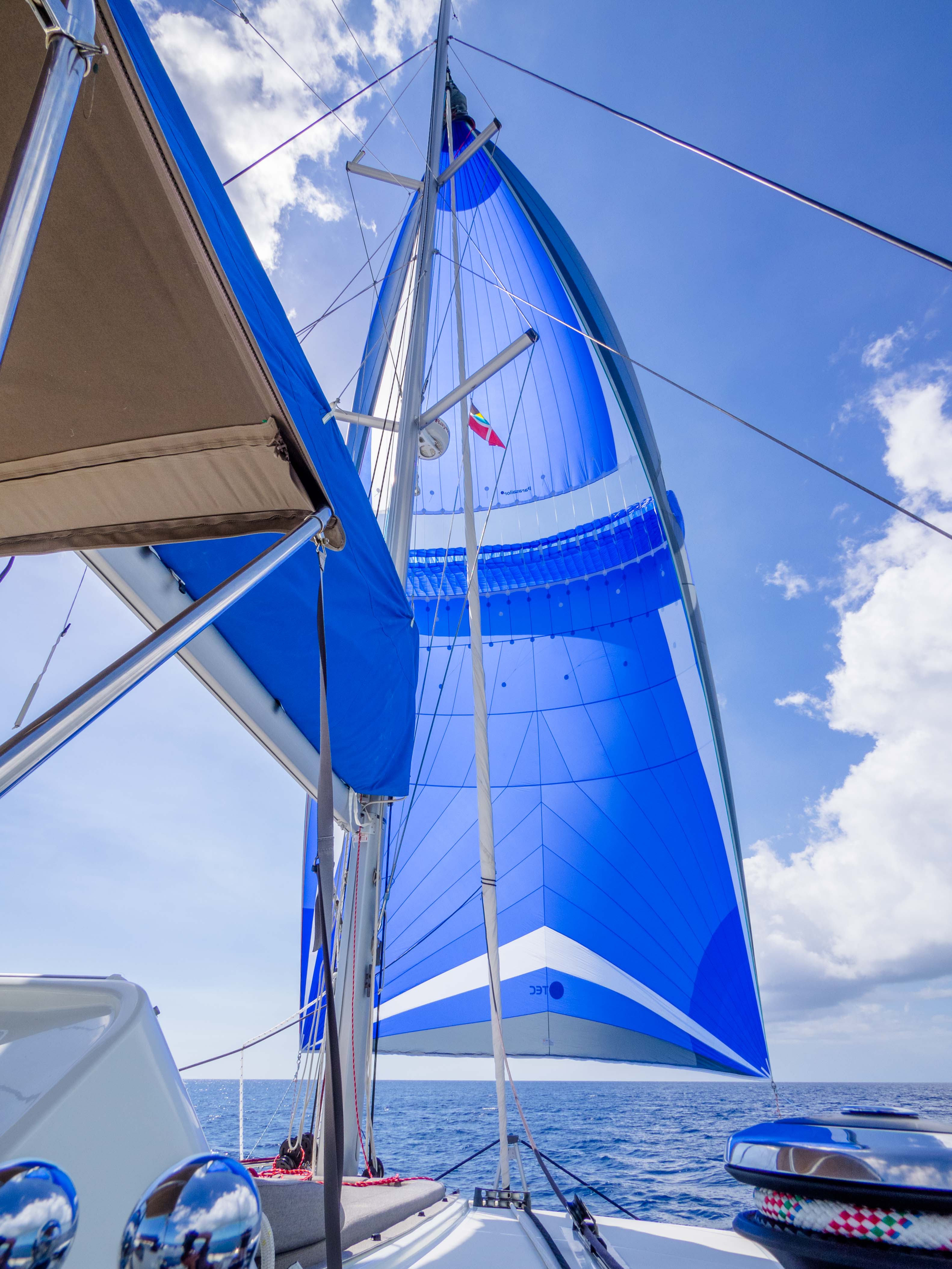
It soon became apparent that we’d have have some other action and it was in the form of thunderstorms. The rate at which the CuNimb clouds grow here can be phenomenal, and as if watching in time lapse we observed a cell growing vertically in front of us. Mustering as much speed as we could we kept the cell on our starboard side and headed for clear skies. Watching it expand and develop on radar was interesting and provided a good reference as to the direction it was heading but realising its size compared to the island over the horizon behind us was very sobering.
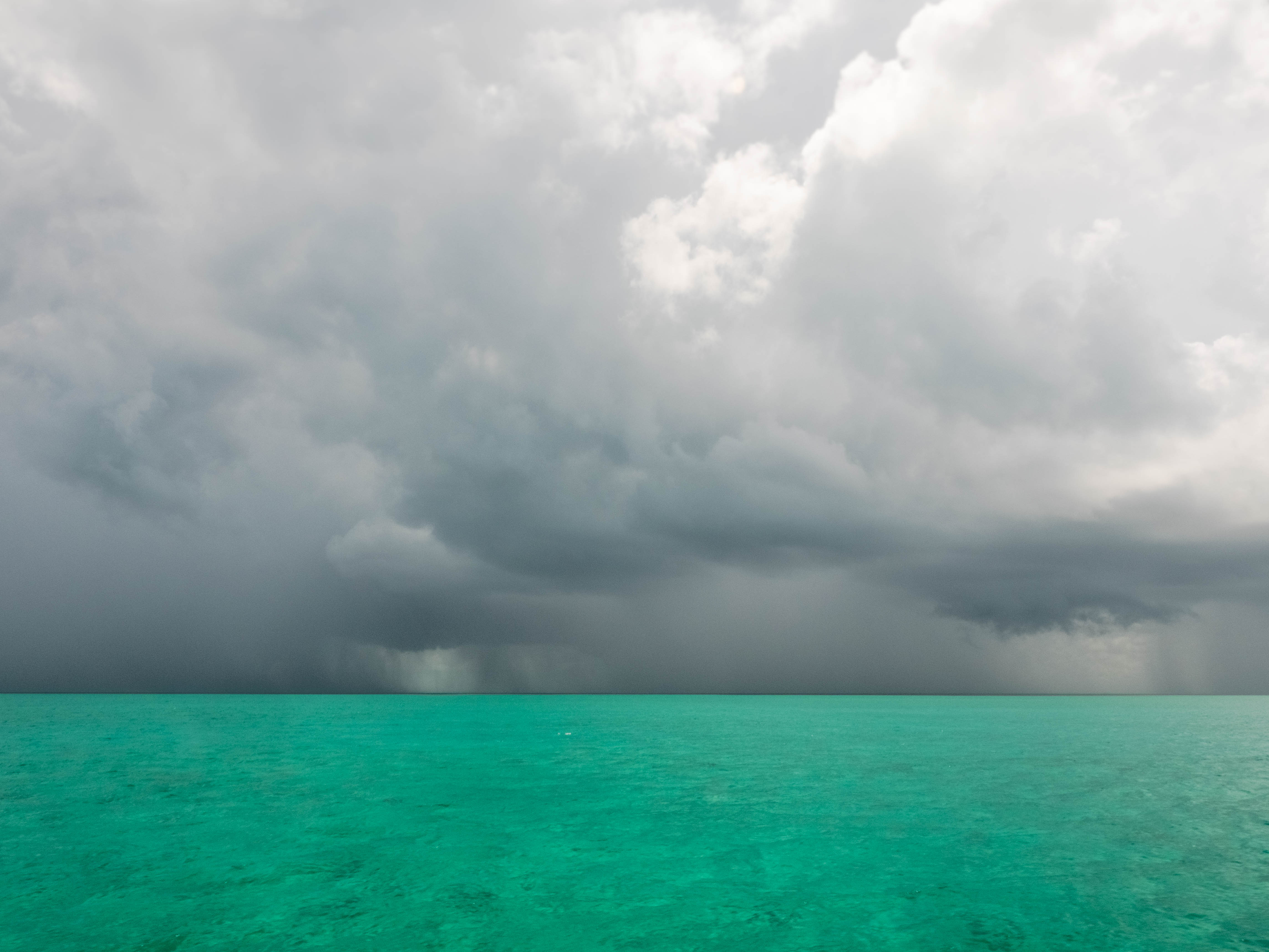
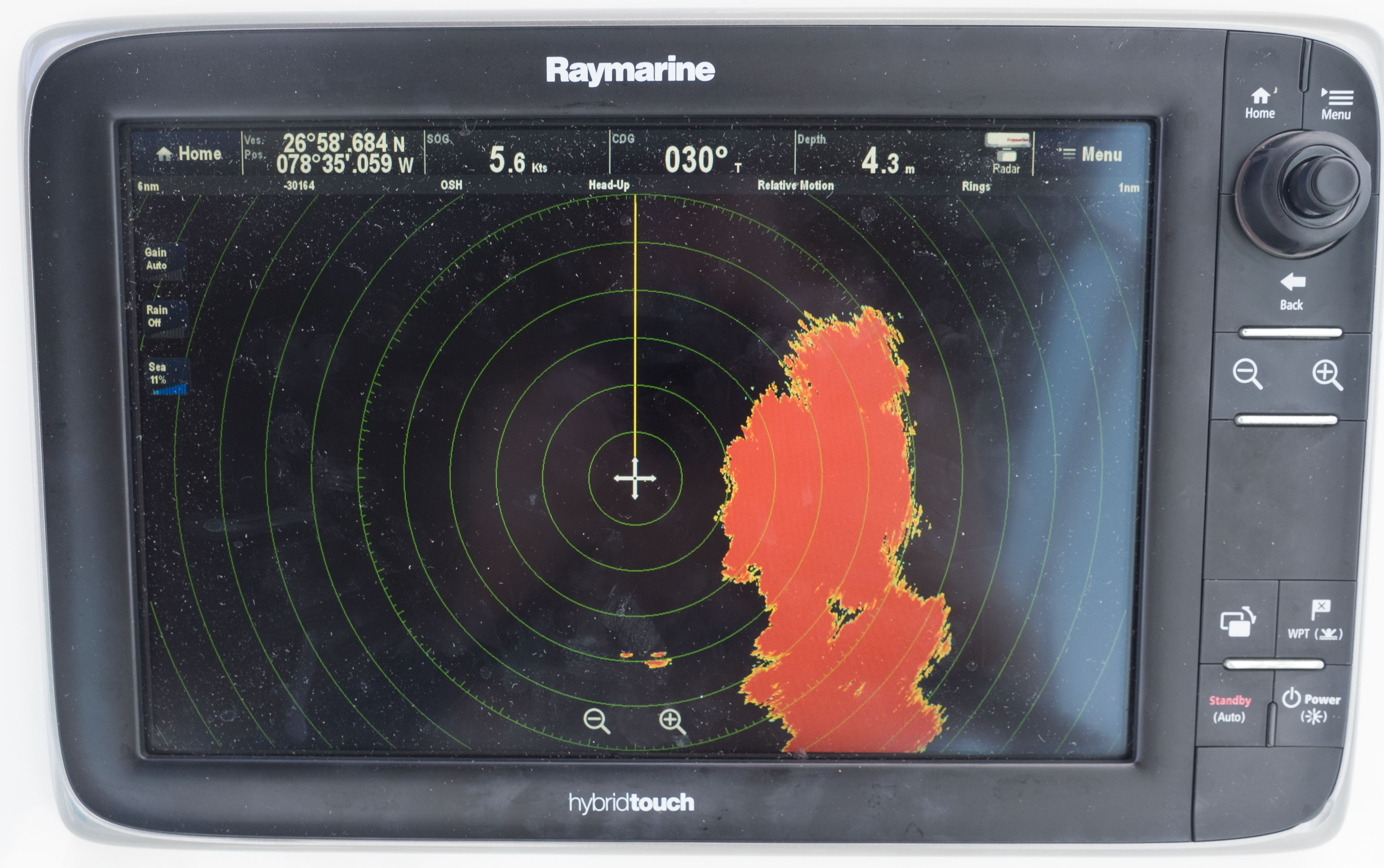
In the end we sailed away with a cold wind and an every so slightly electric feeling in the air.
After an overnight stop at a muddy island called Mangrove Cay which was supposed to have a plane wreck in the shallows that has presumably been swallowed by said mud we arrived at Grand Cay.
The anchorage on the West side was gorgeous but the beach lost some of its charm after we discovered some cleanly severed turtle heads. Obviously the news that eating turtles is no longer acceptable has yet to reach the locals! The little town which is really just a collection of shacks was pretty cute and almost devoid of life apart from a rabble of lively kids. Laura somehow thought it was a good idea to ask them if we could buy an ice-cream anywhere (to be fair we were feeling pretty warm just then). We were enthusiastically led to a small house down a backstreet and the kids started knocking on the door, pretty much taking it off its hinges. Just as we were thinking to beat a hasty retreat an old lady opened up, rubbing the sleep from her eyes. Suitably embarrassed we enquired about the unlikely possibility of ice cream (this was clearly no shop) and sure enough she led us inside to a room with a few shelves of rusting cans and a freezer with half frozen popsicles. A much lighter wallet and a dozen ice creams later we left the happy rabble and retreated to Sandy Feet.
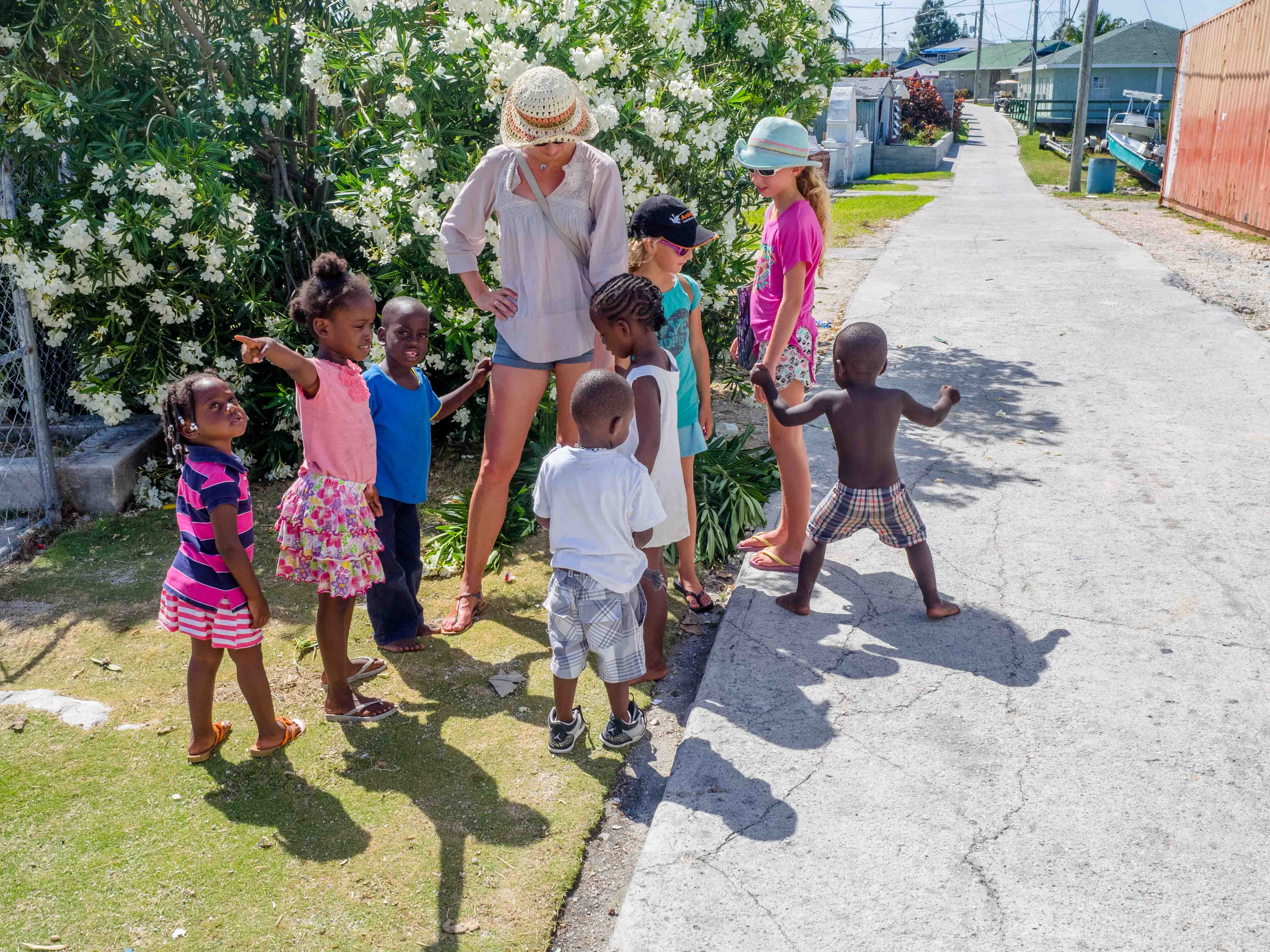
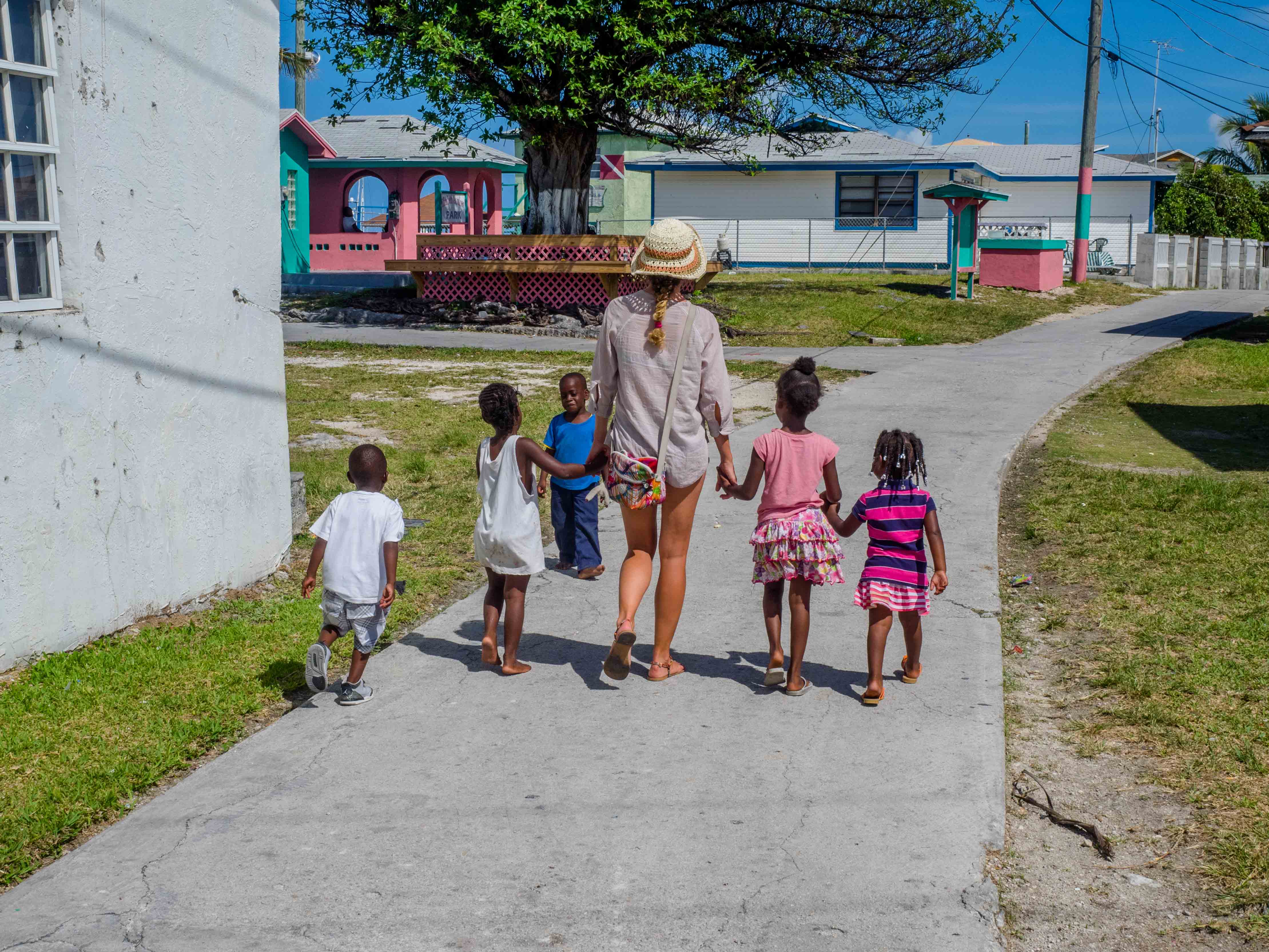
Over the next couple of weeks we made our way Southwards down the island chain. There are so many islands and islets it’s easy to lose track. The daily routine had settled into lazy breakfasts, followed by school work interspersed with some swimming/snorkelling and then lunch. After lunch we move to the next anchorage and go for another snorkel during which I would often harvest a fish or two for dinner.
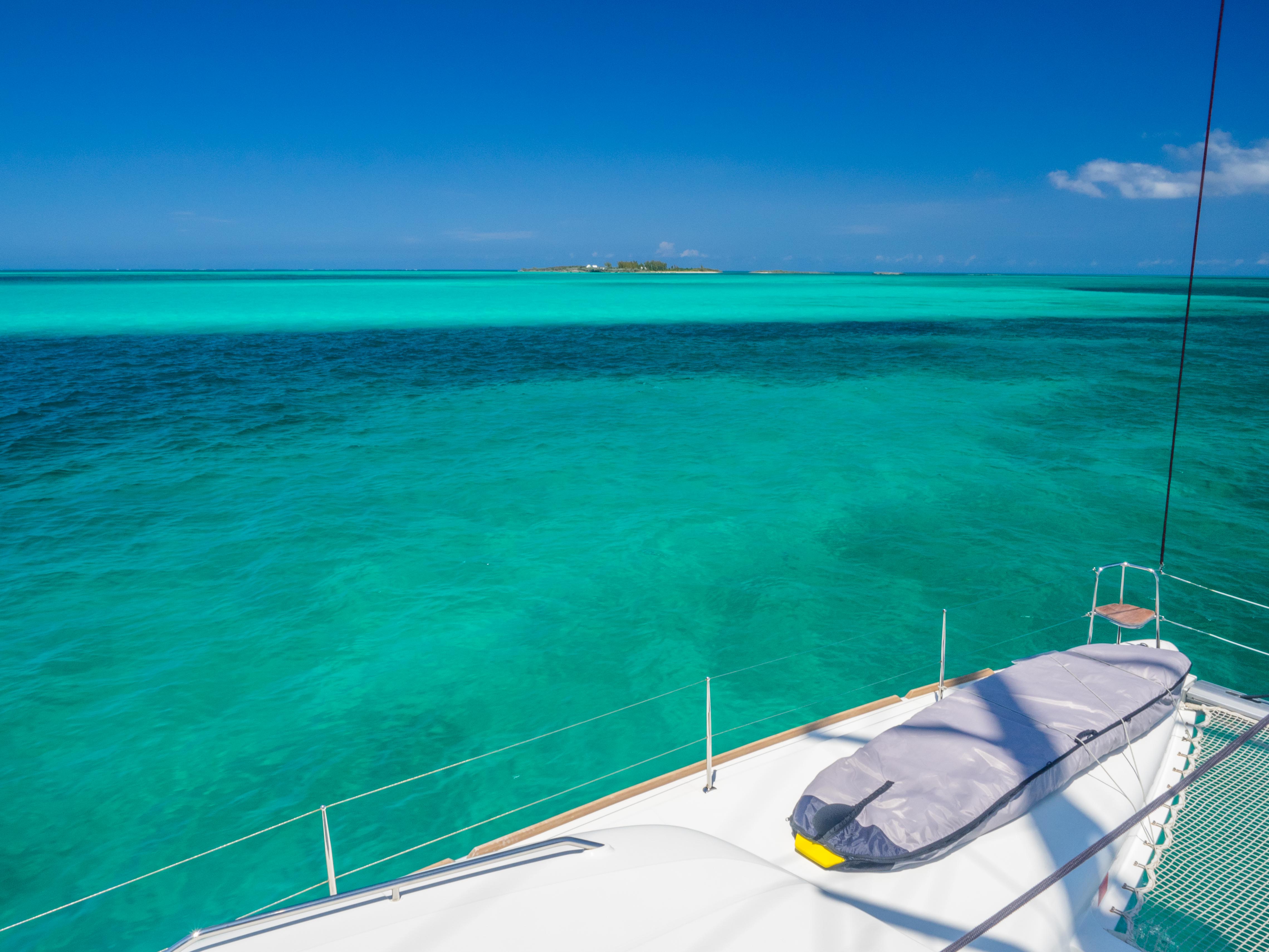
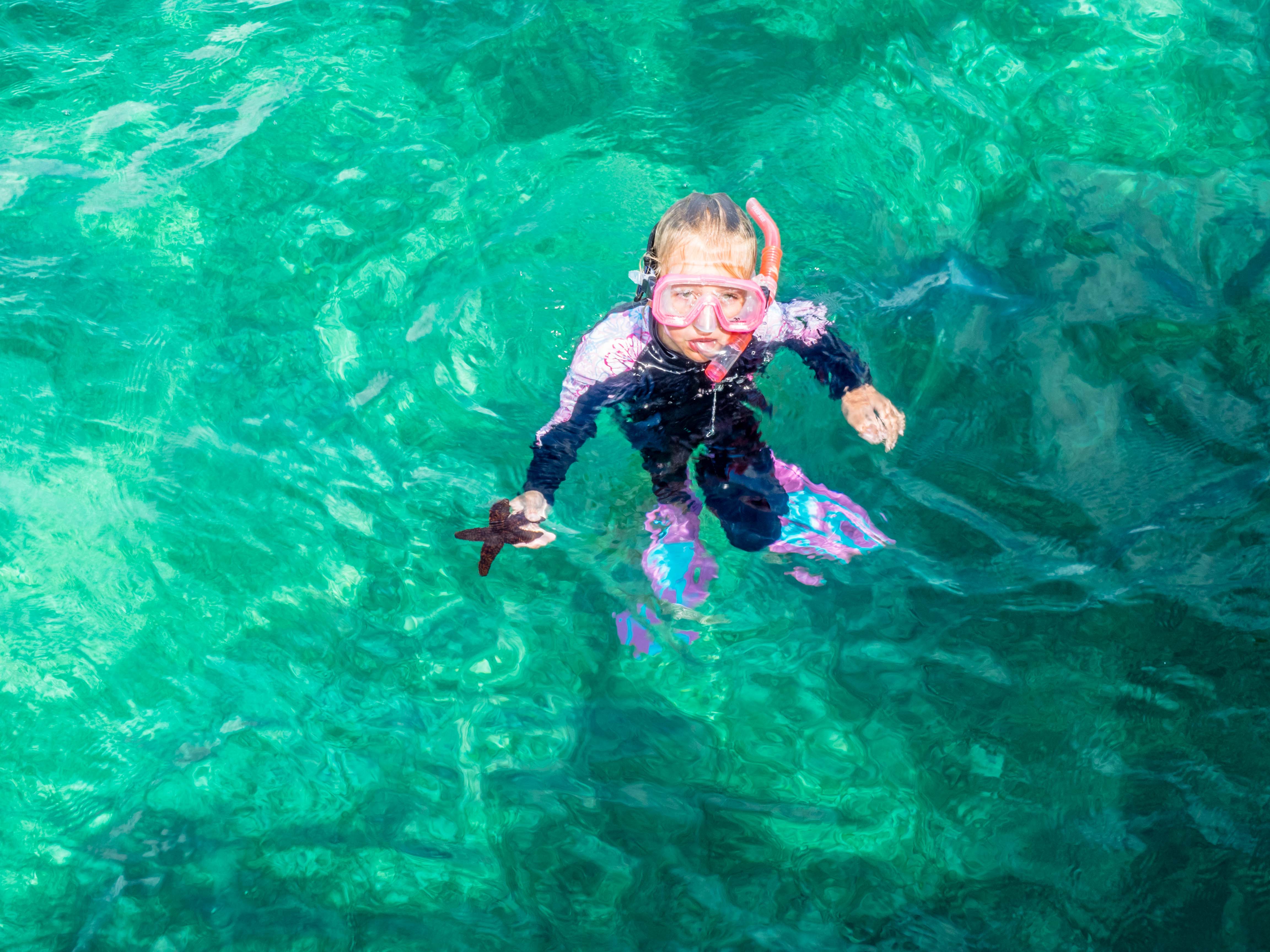
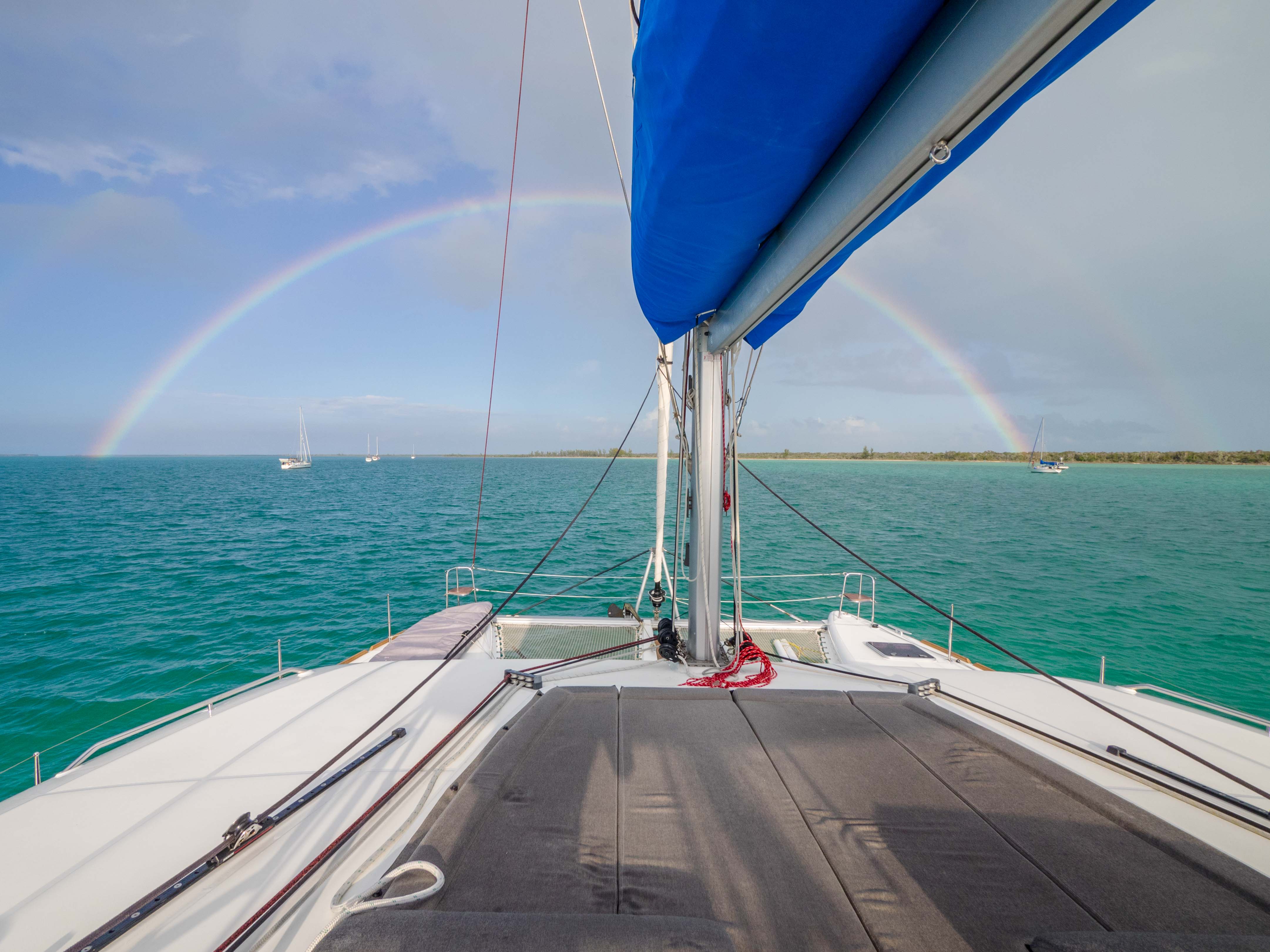
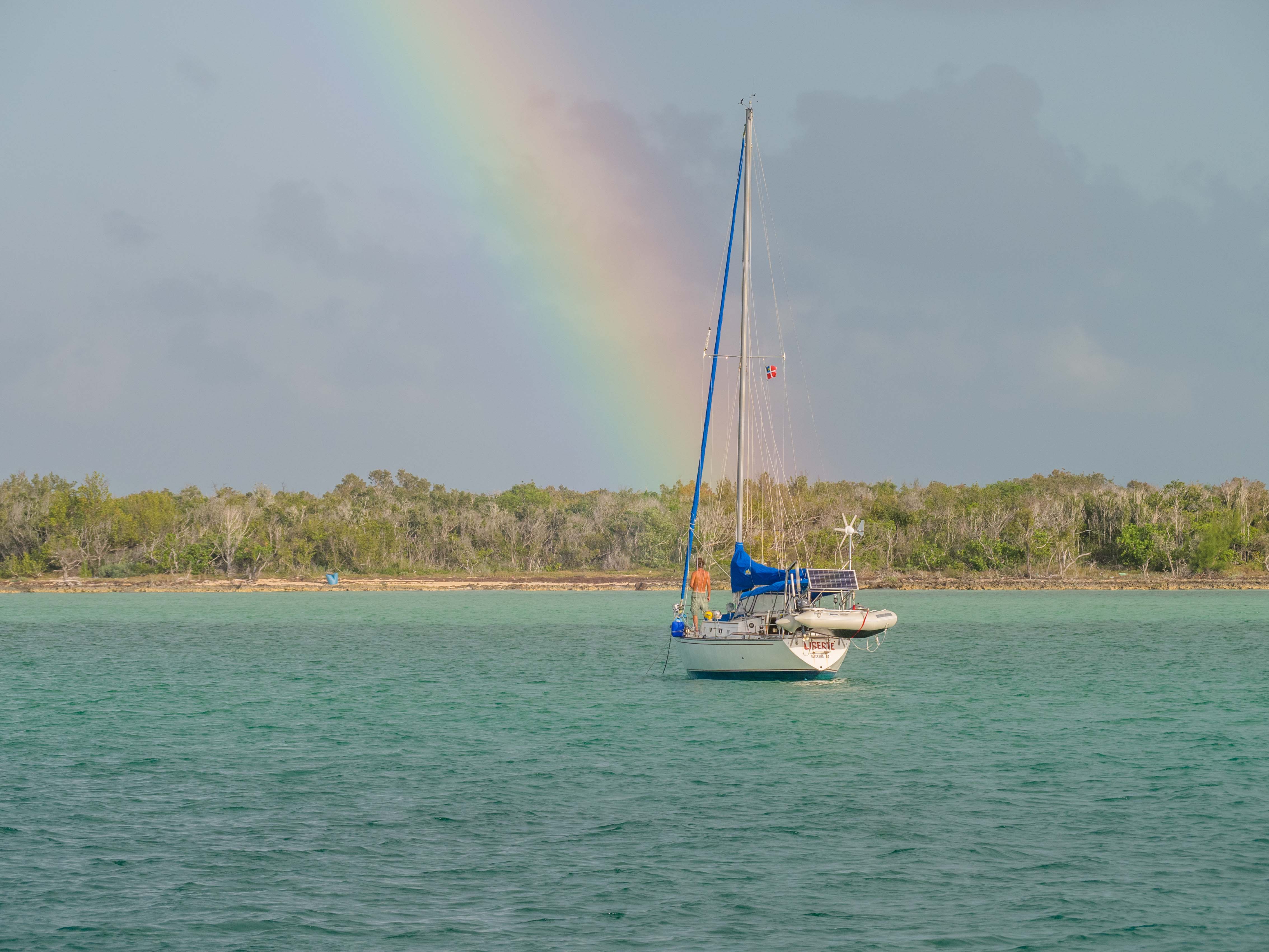
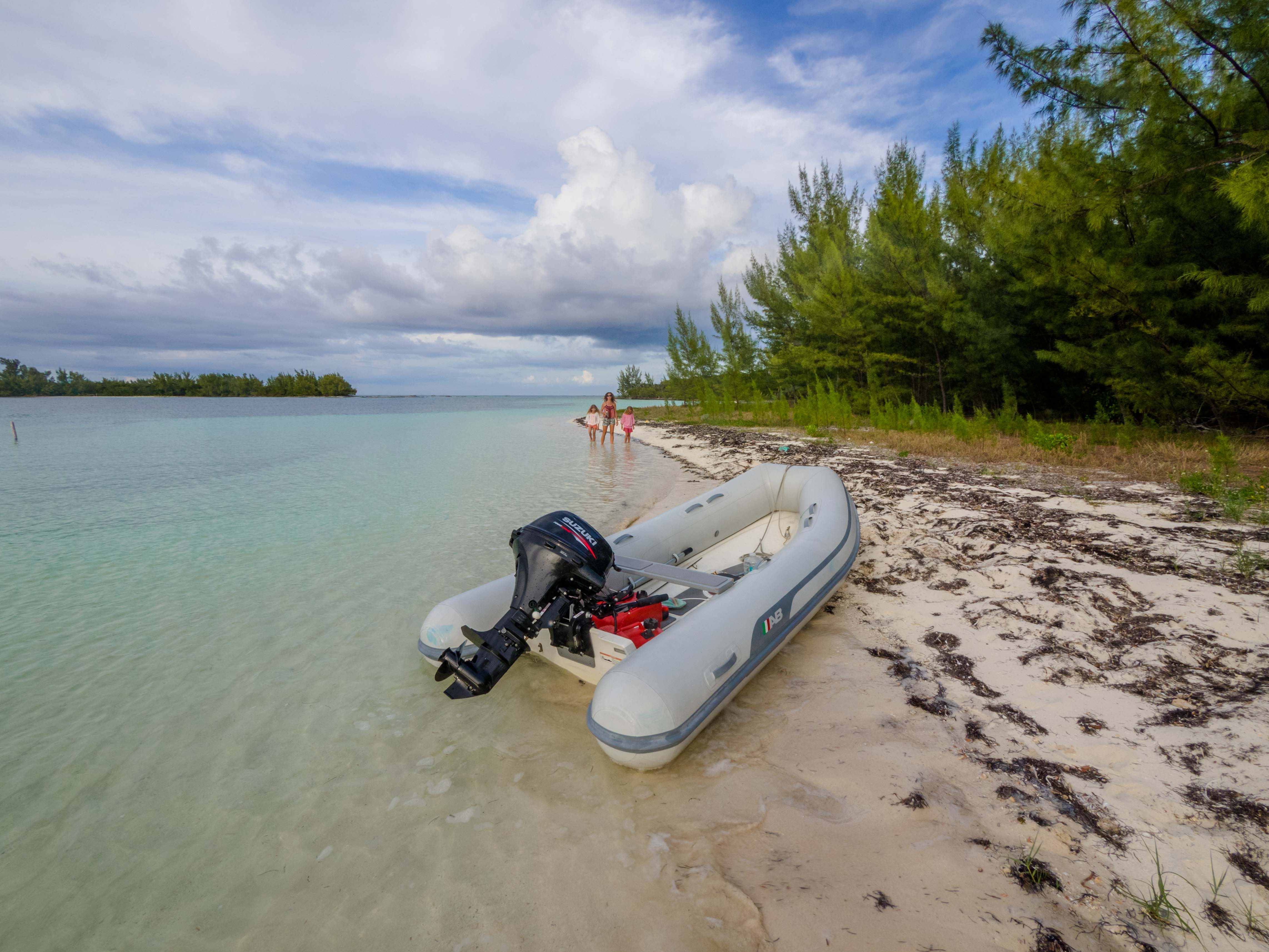
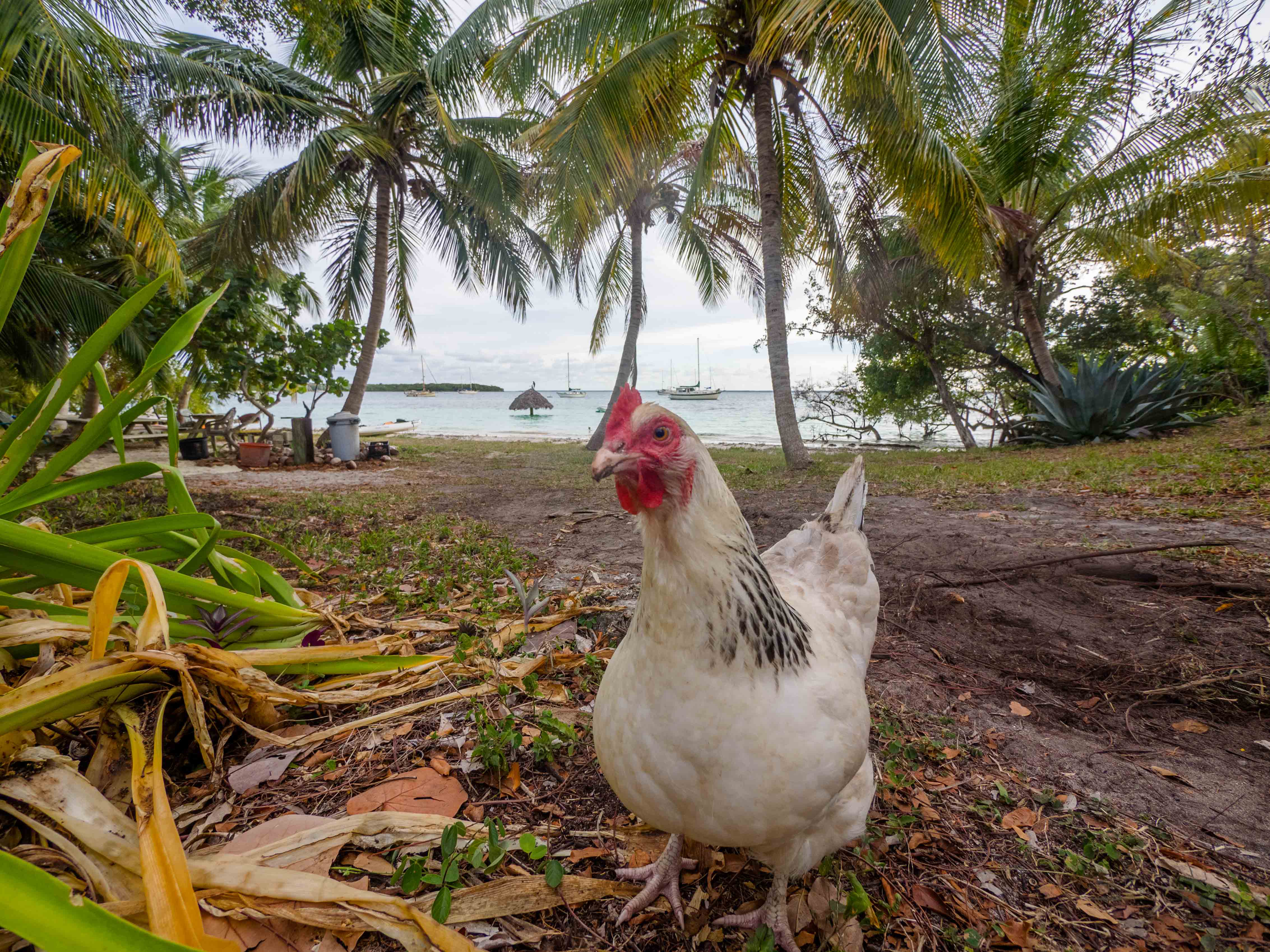
The majority of islands are either unsettled or have a few holiday houses (mostly empty) but every now and again we would make the effort to find civilisation, if nothing else just to get some fresh supplies and buy a burger. Green Turtle Cay was one such stop, a beautiful little town which like many in the Bahamas was founded by the refugee English Loyalists after losing the American Civil war. Those early settlers brought their slaves with them and thus the Bahamas were settled (the previous Indian population had already been carried off as slaves or wiped out by disease brought by the Spanish a century earlier). Many of the locals we’d meet at these settlements are direct descendants of those loyalist settlers which raises some interesting questions about genetic diversity. They are however super friendly and a hired golf buggy allowed us to explore the island from land and walk to some amazing beaches.
